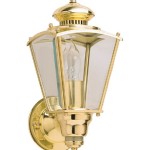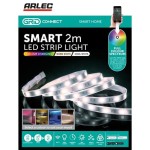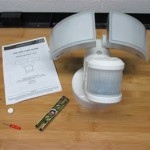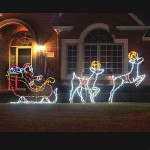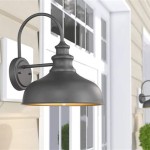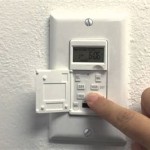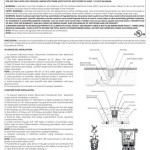Essential Aspects of Outdoor Home Lighting Tips
Outdoor lighting adds beauty and functionality to your home, and designing an effective outdoor lighting scheme can be achieved by understanding the essential aspects of outdoor home lighting. By considering factors such as purpose, placement, and type of fixture, you can create an inviting and well-lit outdoor space that complements your home's architecture and surrounding landscape.
## Purpose of Outdoor LightingDetermine the primary purpose of your outdoor lighting, whether it is for safety, security, ambiance, or a combination of these. Safety lighting ensures well-lit pathways and entrances to prevent accidents, while security lighting helps deter intruders and create a sense of security. Ambiance lighting enhances the aesthetic appeal of your outdoor space, creating a warm and inviting atmosphere for relaxation and entertaining.
## Placement of Outdoor LightingConsider the placement of your outdoor lighting fixtures to maximize their effectiveness and minimize light pollution. For safety and security, place lights along walkways, steps, and entrances. Ambiance lighting can be used to highlight architectural features, create shadows and depth, or illuminate trees and shrubs. Plan your lighting layout to avoid glare and ensure even distribution of light.
## Type of Outdoor Lighting FixtureChoose outdoor lighting fixtures that are appropriate for your purpose and placement. Wall-mounted lights are ideal for illuminating walkways and entrances, while recessed lights can be used to create accent lighting. Pendant lights add a decorative touch to patios and porches. Bollard lights provide safety lighting along pathways, and floodlights can illuminate large areas for security. Consider the style and material of the fixtures to complement your home's design and the surrounding environment.
## Light Source and Color TemperatureThe choice of light source and color temperature affects the ambiance and visibility of your outdoor lighting. Incandescent bulbs provide a warm, inviting light, while LED bulbs offer energy efficiency and a longer lifespan. Color temperature ranges from warm white to cool white, with warmer temperatures creating a cozy atmosphere and cooler temperatures providing brighter illumination.
## Zoning and ControlConsider dividing your outdoor lighting into zones, such as pathways, entrances, and entertainment areas. This allows you to control the lighting in each zone independently, adjusting the brightness and duration as needed. Automated timers and motion sensors can enhance convenience and security by turning lights on and off at predetermined times or when motion is detected.
## Additional ConsiderationsBefore installing outdoor lighting, consider factors such as the height of the fixtures, the direction of the light, and the potential impact on wildlife. Proper maintenance is essential to ensure the longevity and effectiveness of your outdoor lighting. Regularly clean fixtures, check for damage, and replace bulbs promptly.
### ConclusionBy understanding the essential aspects of outdoor home lighting tips, you can design an effective lighting scheme that meets your specific needs and enhances the beauty and functionality of your outdoor space. Remember to consider purpose, placement, type of fixture, light source, and control options to create an illuminated outdoor environment that is both inviting and secure.

Up And Down Exterior Lighting Ideas Seiler S Landscaping Cincinnati

Outdoor Lighting Ideas For All Around The Home Paramount Landscaping

Outdoor Lighting Ideas For Your Home

15 Diffe Outdoor Lighting Ideas For Your Home All Types Recessed Exterior Smart

10 Fantastic Landscape Lighting Ideas For The Most Beautiful Home On Block

Outdoor Landscape Lighting Design Tips Ideas Environmental Designs

Outdoor Lighting Ideas For Your Home Mullan

Outdoor Lighting Ideas Bay Valley Electric

How To Secure Your Home With Outdoor Lighting The Perfect Light

Tips For Diy Outdoor Lighting Jellyfish
Related Posts
